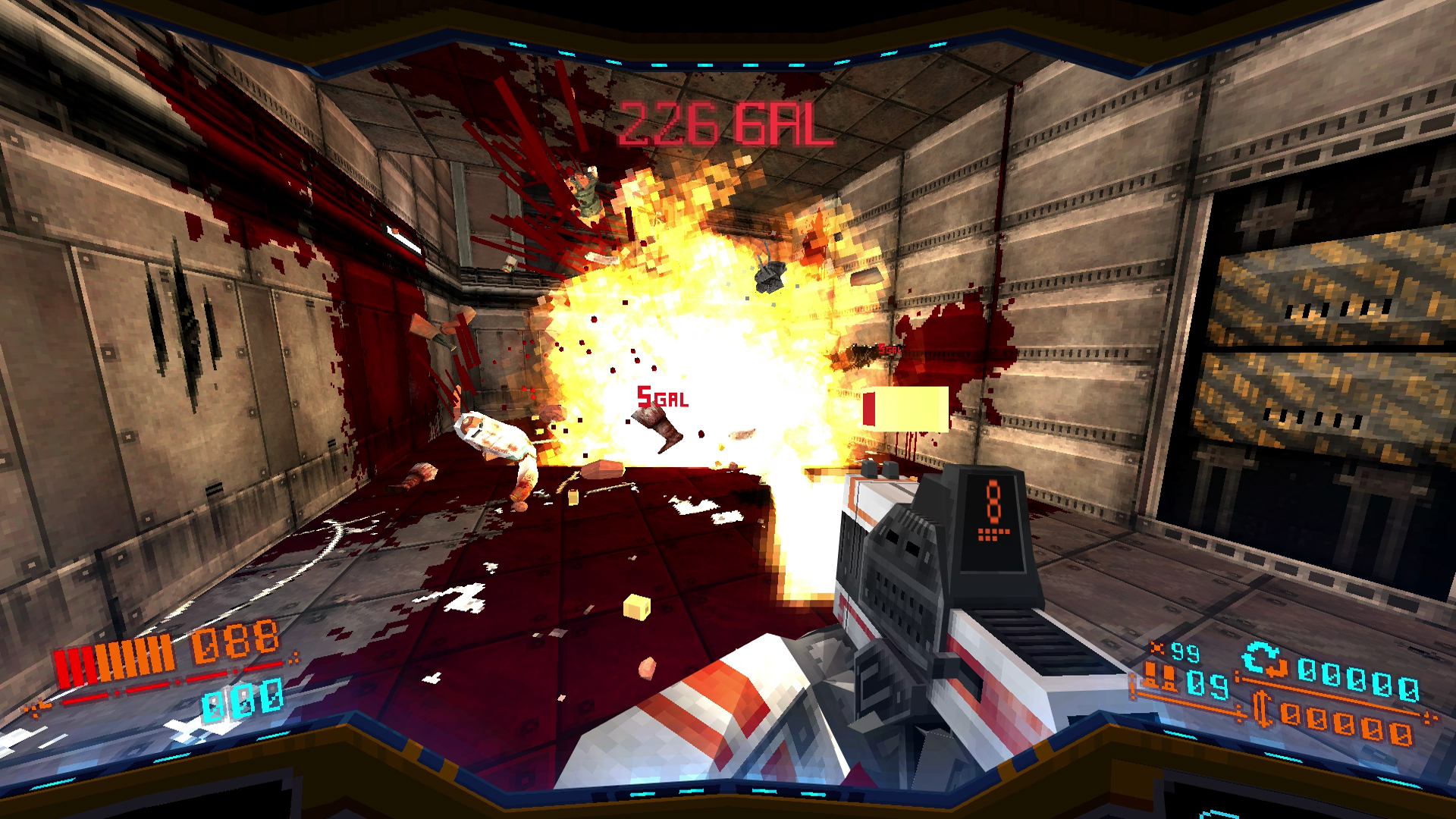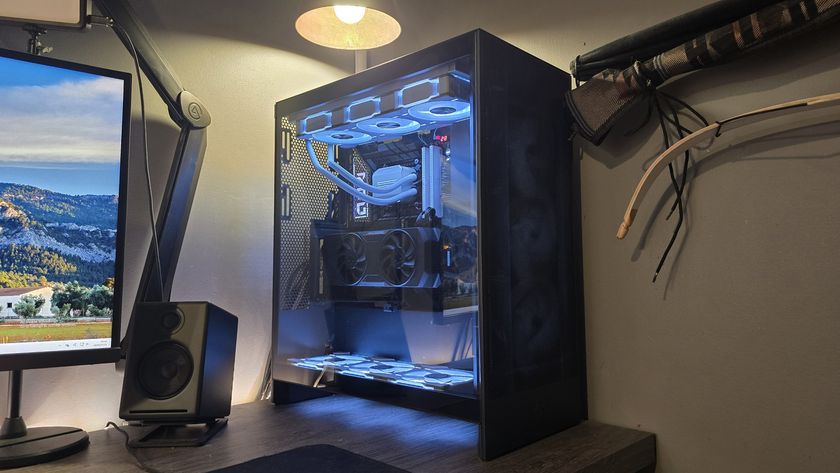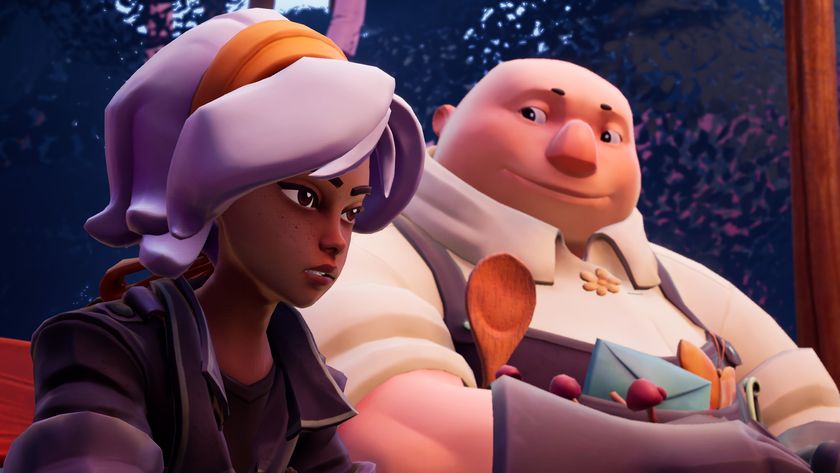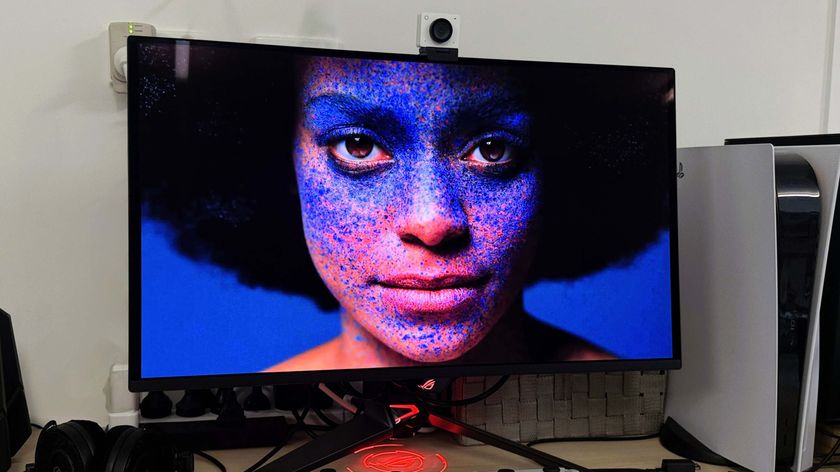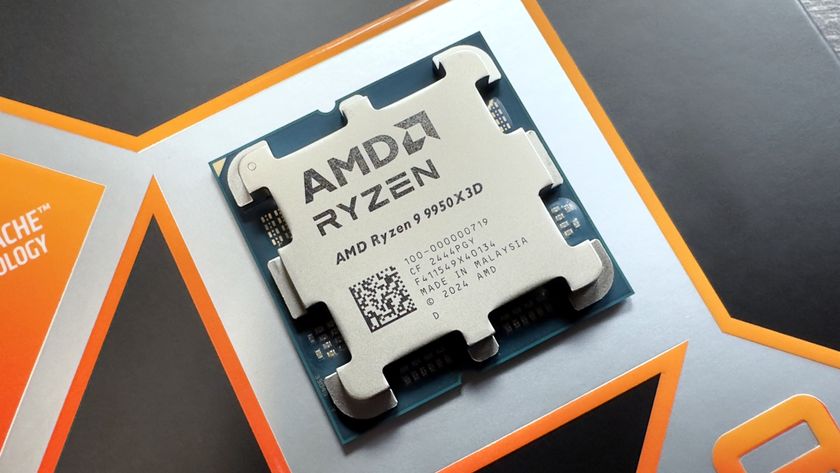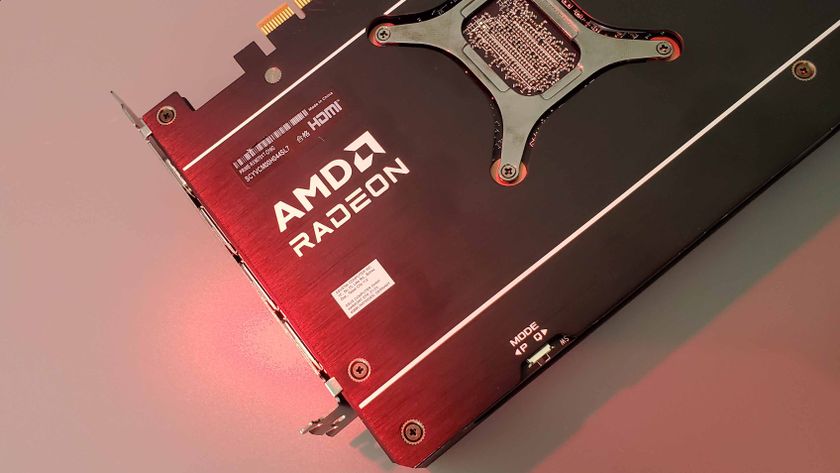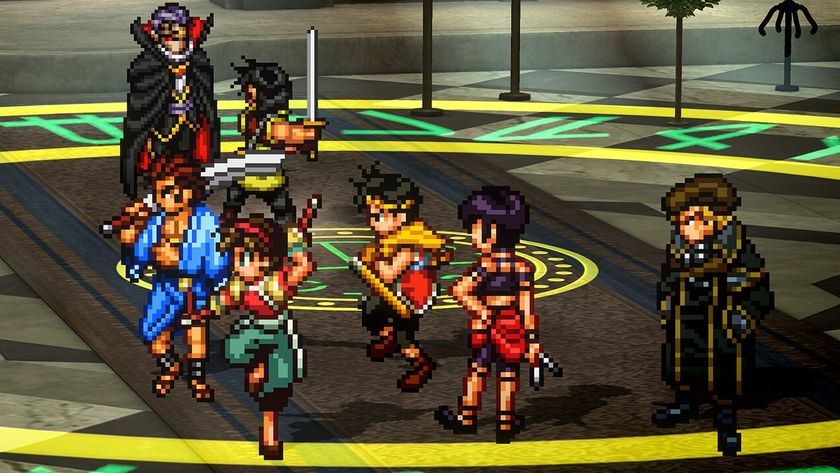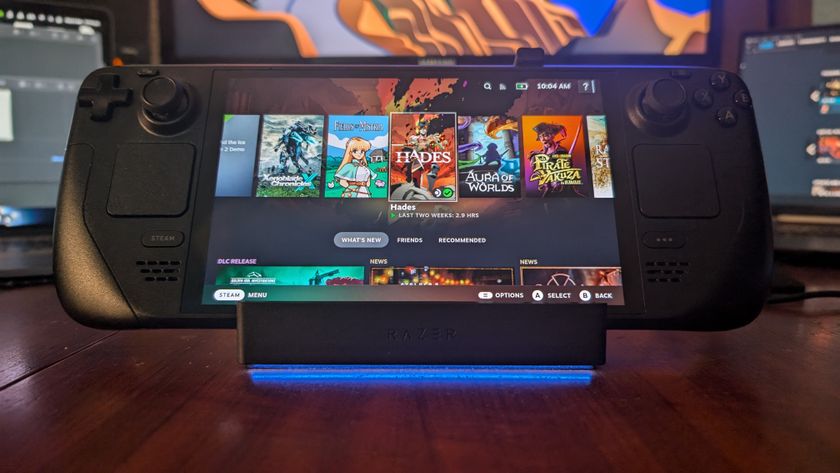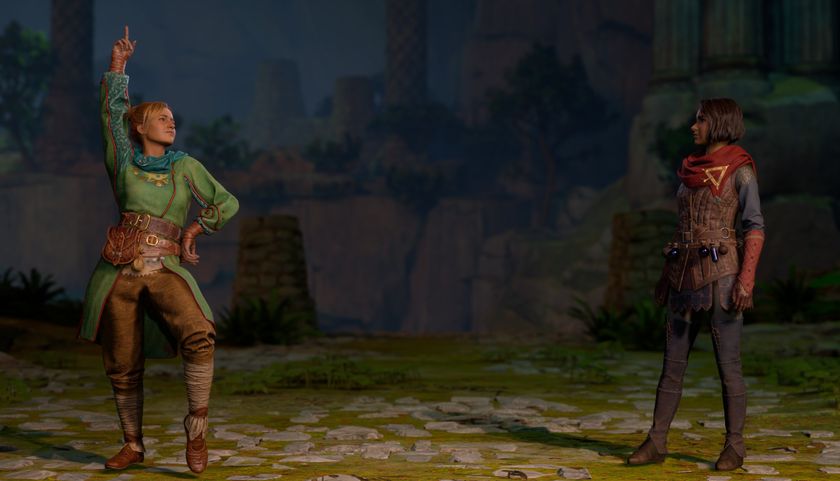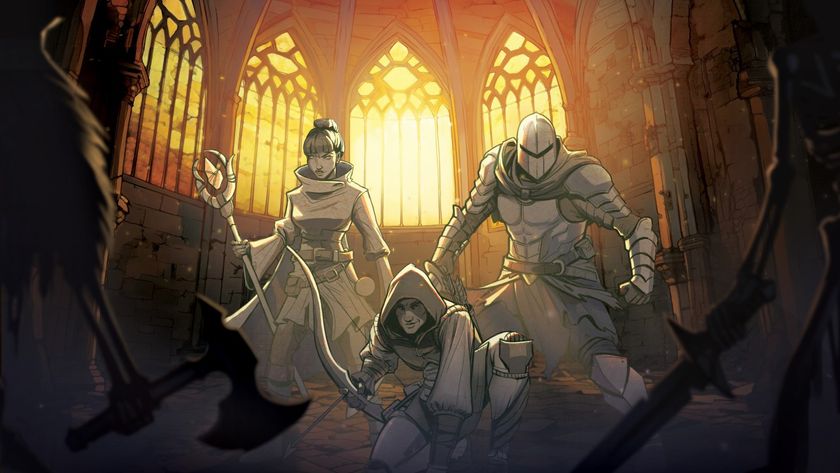Our Verdict
Strafe skillfully recaptures the look and experience of a full-tilt twitch 1990s shooter while faltering at building upon its potential.
PC Gamer's got your back
What is it? A roguelike FPS with one life, three starter weapons, and a framed picture of John Stamos.
Reviewed on: Windows 10, Core i7, 8GB RAM, GeForce GTX 970
Price: $20/£15
Release date: Out now
Publisher: Devolver Digital
Developer: Pixel Titans
Multiplayer: None
Link: Official site
Strafe has all the Quake action figures. It cosplayed as a Doomguy during last year’s gaming convention. When Quake 2 gave itself a ‘Strogg Life’ tattoo one night, Strafe got it as a bumper sticker. It roves among the polycarbonate canyons of its local PC software store, itching for a conversational gauntlet thrown at its authority of all things FPS, its fingers pre-curled to push its glasses up its nose and huff that actually, you can stunlock a Cacodemon with the chainsaw.
Strafe proudly wears its influence on its sleeve—and its other sleeve, and its pant leg, and both jacket pockets. As a shooter, it’s the personified desire to convince Mom to buy a Voodoo2 card. As a roguelike, it’s that one cabinet shoved shrine-like into the arcade’s darkest corner and reverently avoided for its quarter-gobbling reputation. As both, it hooked me into sinking over 10 hours into it, but as we parted ways, I felt I’d retread too-familiar ground.
Full house of blood
Video director Thom Glunt and programmer Stephen Raney’s background in commercial and music video production lends an eye for finer details on presentation.
Strafe nails its chosen genre’s fascination with death, packaging a single-life slaying spree with deliberate visual anachronisms and a speed matching id’s formative titans. Developer Pixel Titans punched the time machine back to 1996 and broke off the abort lever. I loved the efficacy of Strafe’s low-poly look plucking at old memories—like marveling at the first glimpse of accelerated graphics—and it showed in the sparking bulbs, blocky geometry, and dynamic lava glows peppering each map.
Video director Thom Glunt and programmer Stephen Raney’s background in commercial and music video production lends an eye for finer details on presentation. Small, respectful nods are everywhere in Strafe: the Doom-like screen melt on starting a new game, wall elevators, a dial-up modem screech mixed as an level exit door sound effect, and, of course, a tracking-smudged FMV training film with just enough Z-list schlock to set the right mood. My favorite hat-tip was Glunt and Raney’s appearance as a pair of tombstones, the sort of cheeky self-insertion I would stumble upon in hidden credit rooms from classic shooters.
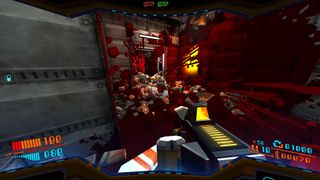
Strafe’s procedural generation carpets each room with enemies or stuffs them behind sliding wall panels and crumbling rock faces.
In spite of its insistence at being a roguelike, Strafe’s combat is move-and-shoot twitchy simplicity. Enemies barrel at me when I get close, and I barrel at them in turn with, yes, generous strafing as needed. Sticking with WASD provides enough control to survive most encounters with simple sidesteps and backpedals. Quake-robatics such as bunnyhopping and strafejumping are certainly possible, but I mostly stuck to slapping the spacebar as a reactive move to avoid being cornered instead of using it to enhance my movement. I was fond of the increasing variety of foes—pipe-swinging goons, hooded pistoleers, walking turrets, giant rock brutes, zombie sniper babes, among plenty others—as I improved and braved later levels, but that assortment felt slightly wasted on the single-minded AI’s tendency to beeline straight into my gun’s barrel.
Still, I enjoyed plenty of thrills. Strafe’s procedural generation carpets each room with enemies or stuffs them behind sliding wall panels and crumbling rock faces. Every digit of shields or health I lost crept me closer to permadeath, an interesting distillation of traditional roguelike decision-making into the FPS’s raw input dexterity. I savored the rising panic of surviving for just a few more seconds to sprint into the exit door or to grab a critical keycard, and the clang of a new monster closet opening up somewhere left swivel tracks on my mousepad.
My silent companion—one of three primary guns, a shotgun, an assault rifle, or a railgun—packed plenty of kinetic punch, but I wished each would scream instead of whimper. The shotgun, dutifully saluting its FPS role as a close-range cleaver, sounded like a popping balloon. I leaned on the railgun’s headshot magic for clearing rooms from a distance, but I could barely hear the zap above the ambient din. I had to leave the assault rifle behind after a few runs—I liked the small touch of its barrel smoke effect, but its bullets and increasing spread felt weak compared to its brothers. I vastly preferred and enjoyed the various pickup weapons—pulse guns, SMGs, disc launchers, and others—scattered throughout each floor, once again a call-back to the old days of amassing an arsenal and flick-swapping with the mousewheel.
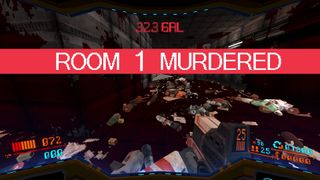
The 1996-ification of Strafe’s violence shows best in its copious bloodshed, the heavily marketed “uber-gore,” chunks of viscera dousing walls and floors with organ juice. It’ll elicit silly giggles and pauses to mentally snapshot the sheer ridiculousness of 10-second long crimson fountains. But the spectacle eventually wore off—Gallagher only smashed so many watermelons—so I drew larger value from the lingering stains acting as a gruesome breadcrumb trail showing where I had yet to explore.
Lagging
There’s no question, then, that Strafe is a game about the memory of a game made in the 1990s. And it’s hard for Strafe’s other aspects to pull away from that ‘remember-when’ approach. It feels as if Pixel Titans expended most of its effort crafting a believable simulacrum but lost steam past that. Strafe struggles to climb above its foundation. It covers guns, shooting, enemies, movement, and a conclusionary boss fight, but that’s it—I may as well have fished out my Final Doom CD for the same retro timewarp. Other nostalgia-centric games such as Shovel Knight and Spelunky lingered in the community’s eye not for their precise mimicry but for their elaboration.
The roguelike procedural generation further seemed at odds with classic shooters’ meticulous map layouts and item placements. The rooms and areas Pixel Titans has fashioned offer excellent spatial variety and verticality. Functionally, they’re great murder boxes. But a large slice of the ‘90s shooter’s soul was the handcrafted maps that would architecturally make little sense but imprint upon a player’s mind like a second home with fond memories of where to get the shotgun or the hidden super health alcove. Strafe’s rooms are built by hand, but their cohesiveness is less a mark of inspired ingenuity and more pieces of code Lego-snapping everything from a randomized asset pool. If Strafe’s objective is indeed a look back at the FPS family of old, it does so more shallowly than it would’ve liked.
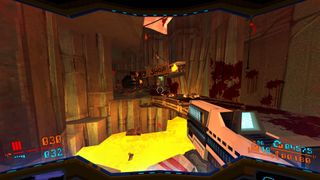
I helped it along by popping in Quake 2’s Rage, and I got that heavier tone of brutality Strafe wanted me to remember.
Smaller issues nibble into Strafe’s appeal. I’m glad for the Unity engine’s diligence at handling the abundant ammo casings, severed heads, and gory chunks of spatter like a champ, holding steady framerates of around 90 to over 100 on my 8GB RAM and GTX 970 system. Yet the clutter teetered on overly dense at times, and I occasionally had trouble eyeballing important pickups and ammo packs littered among all the scattered junk. Obtuse symbols on the HUD beyond utilitarian health and ammo counts created a foggy picture of passive bonuses picked up from special canisters found in crates, and I had trouble understanding just how each perk affected my gameplay. A few bugs amplified the difficulty at times, including enemies shooting through walls and getting stuck in invisible holes or against corners.
Equally head-scratching and more egregious are Strafe’s limited options, with only three 16:9 resolutions (1280x720, 1600x900, and 1920x1080) in the options menu and an FOV slider spanning a scant 15 degrees between 80 and 95. I realize too much wattage from the GPU would besmirch Strafe’s purposeful look, but I’m left a little dumbfounded at the complete lack of additional 16:9 modes or any 16:10 or ultrawide support whatsoever. On the upside, Strafe’s performance never wavered between windowed and fullscreen modes, and alt-tabbing to the desktop and back was a snappy switch.
On a more subjective note, Strafe’s music, crafted by Kingdom composer ToyTree, is a mash of retrowave synth and electronic beats evoking the pulsing blasts of Carpenter Brut—and it would fit beautifully if Strafe was a game about the 1980s. But that’s not what Strafe loves most. I helped it along by popping in Quake 2’s Rage, and I got that heavier tone of brutality Strafe wanted me to remember. Strafe didn’t mind—it has a signed soundtrack jewel case still in the plastic.
Strafe skillfully recaptures the look and experience of a full-tilt twitch 1990s shooter while faltering at building upon its potential.
Omri Petitte is a former PC Gamer associate editor and long-time freelance writer covering news and reviews. If you spot his name, it probably means you're reading about some kind of first-person shooter. Why yes, he would like to talk to you about Battlefield. Do you have a few days?
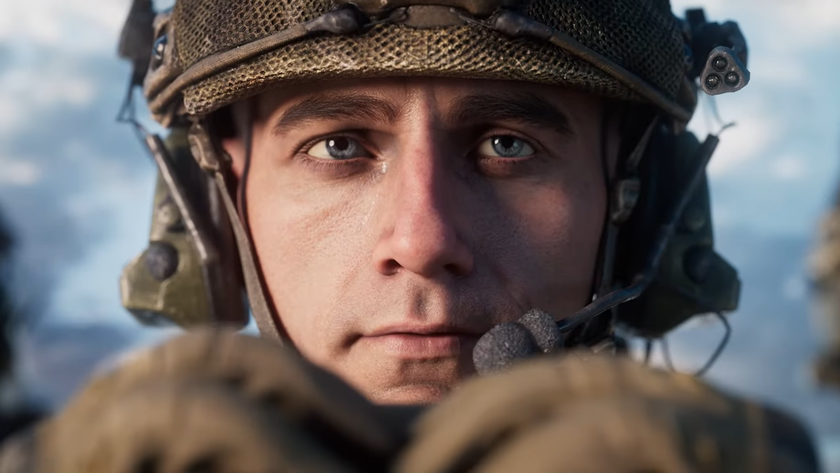
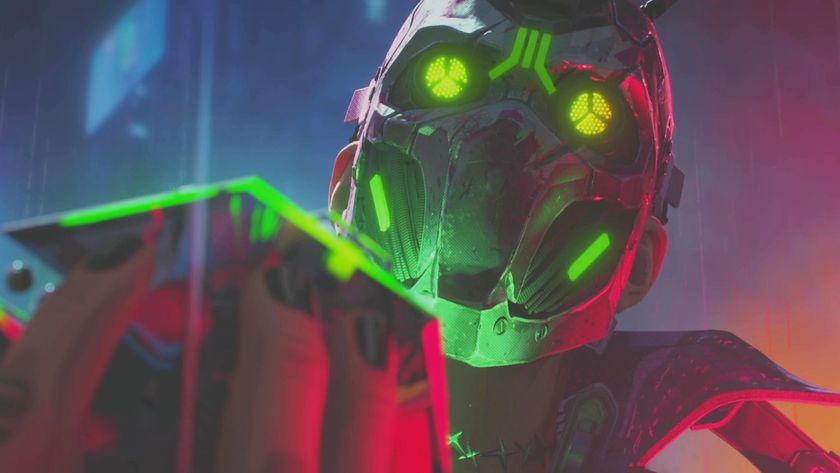
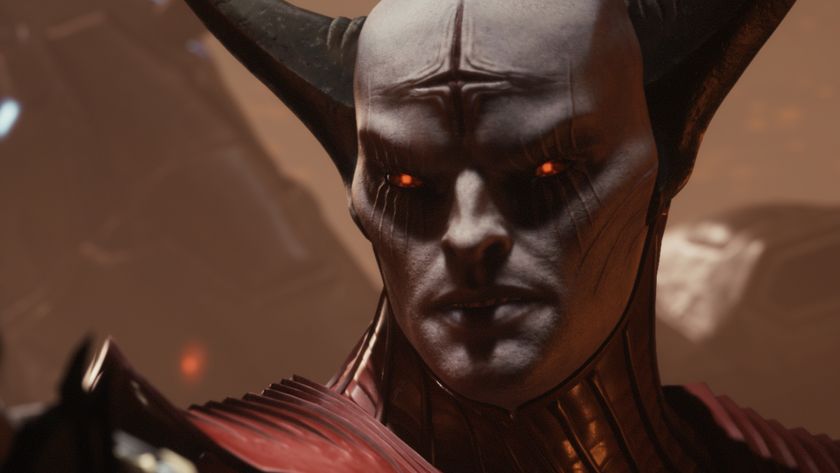
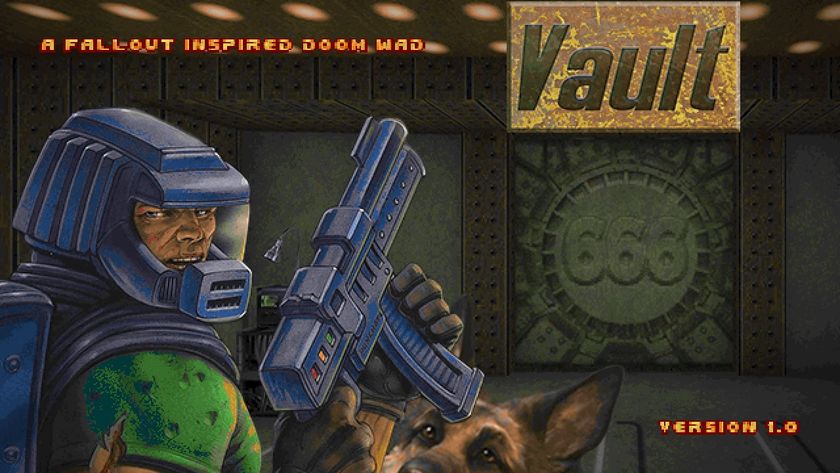
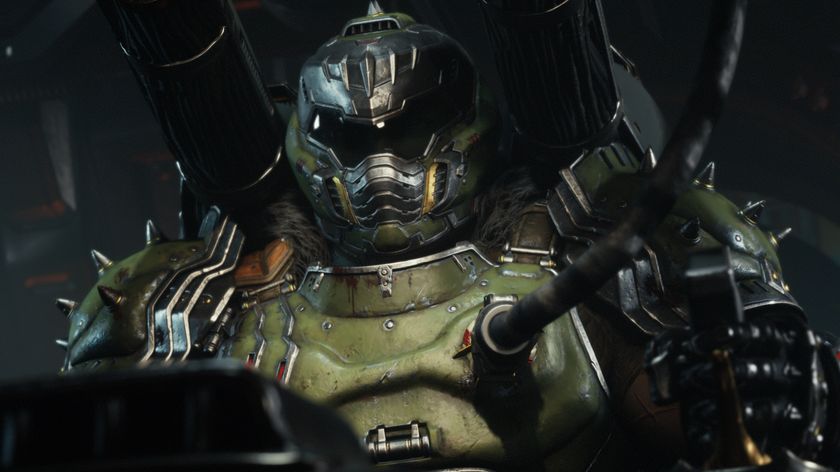
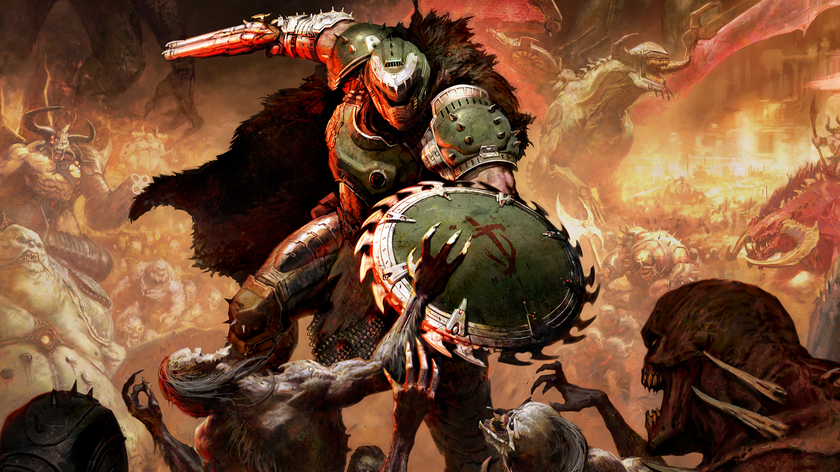

Coder faces 10 years' jailtime for creating a 'kill switch' that screwed-up his employers' systems when he was laid off
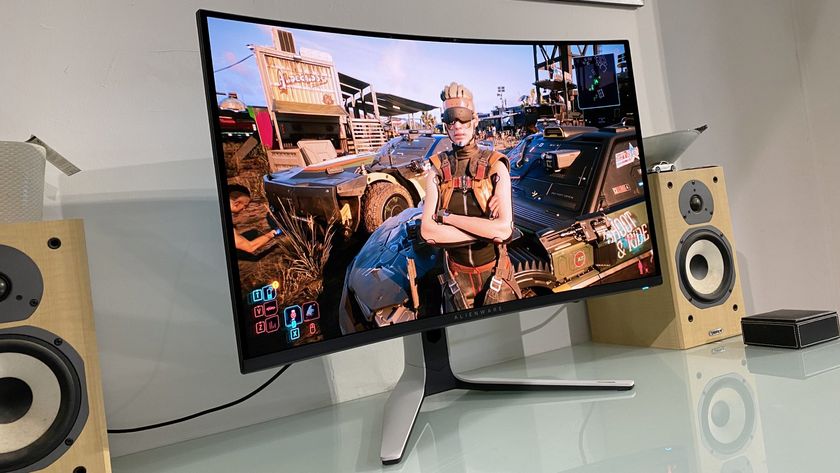
New modder tool makes it easier than ever to swap AMD's FSR 4 scaling for Nvidia's DLSS or Intel's XeSS and vice versa
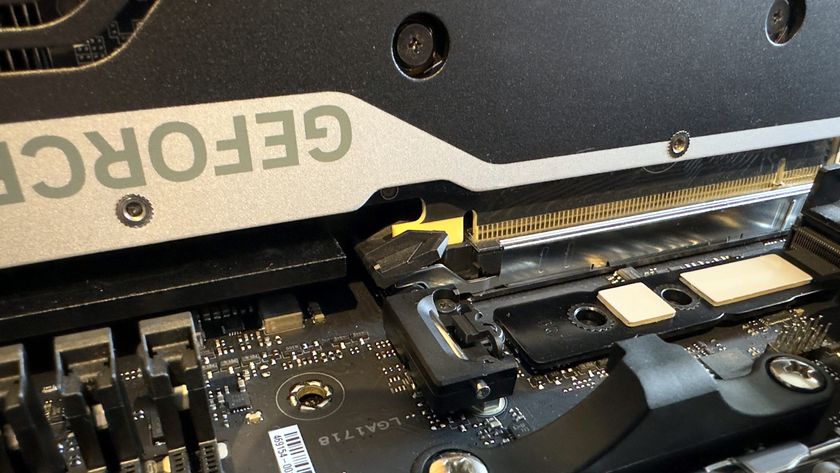
Gigabyte seemingly mocks Asus' recent Q-release debacle with a video swapping out an RTX 5070 Ti 100 times
